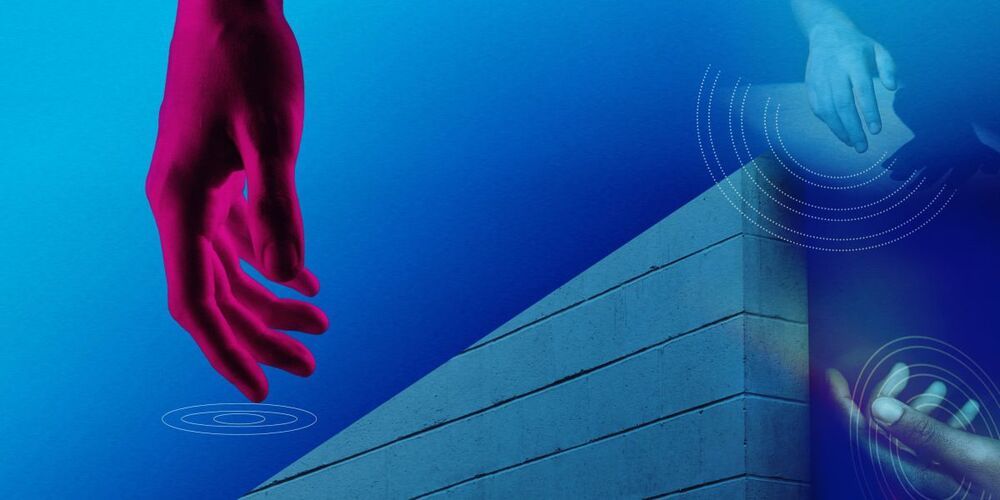Wait, robots can sweat now?


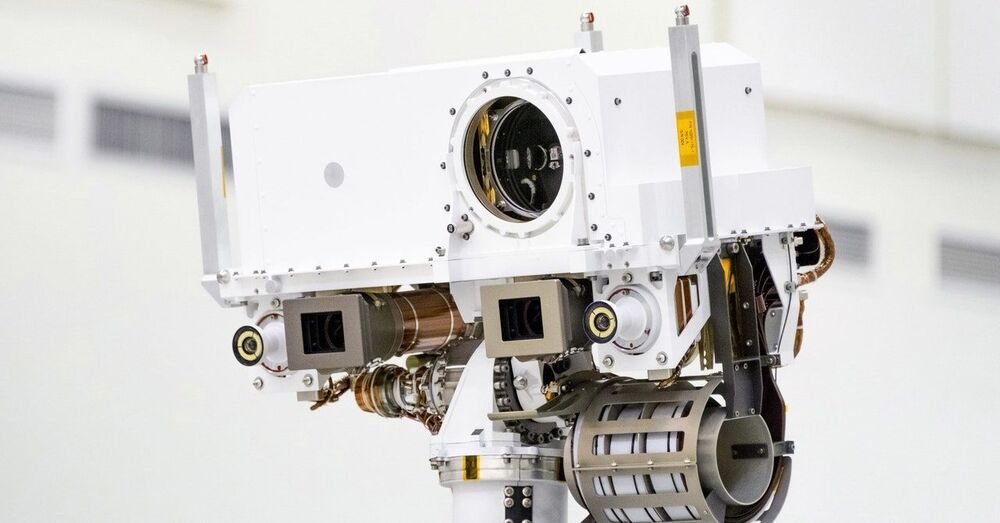

Over the past few decades, researchers have developed deep neural network-based models that can complete a broad range of tasks. Some of these techniques are specifically designed to process and generate coherent texts in multiple languages, translate texts, answer questions about a text and create summaries of news articles or other online content.
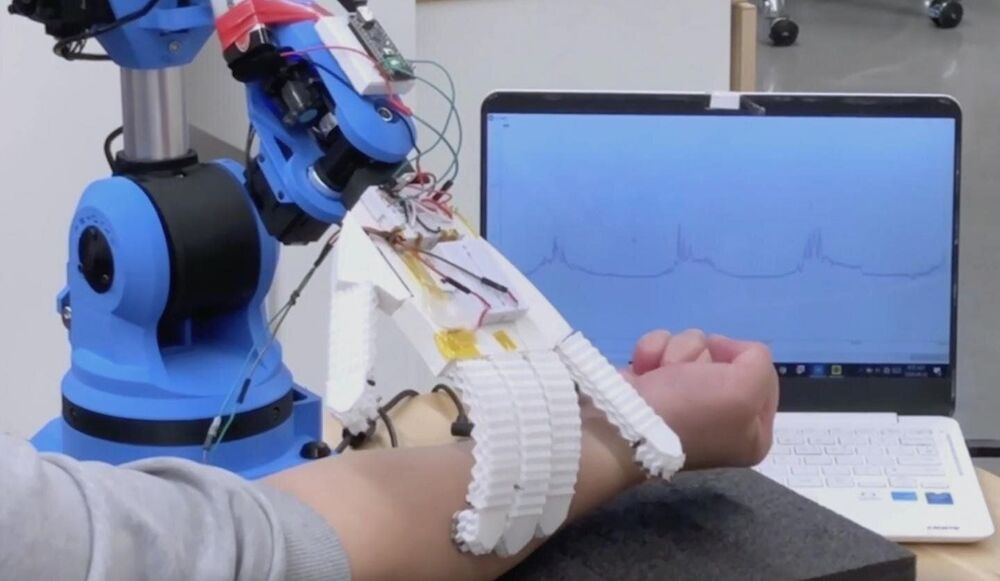
Robots that could take on basic healthcare tasks to support the work of doctors and nurses may be the way of the future. Who knows, maybe a medical robot can prescribe your medicine someday? That’s the idea behind 3D structural-sensing robots being developed and tested at Simon Fraser University by Woo Soo Kim, associate professor in the School of Mechatronic Systems Engineering.
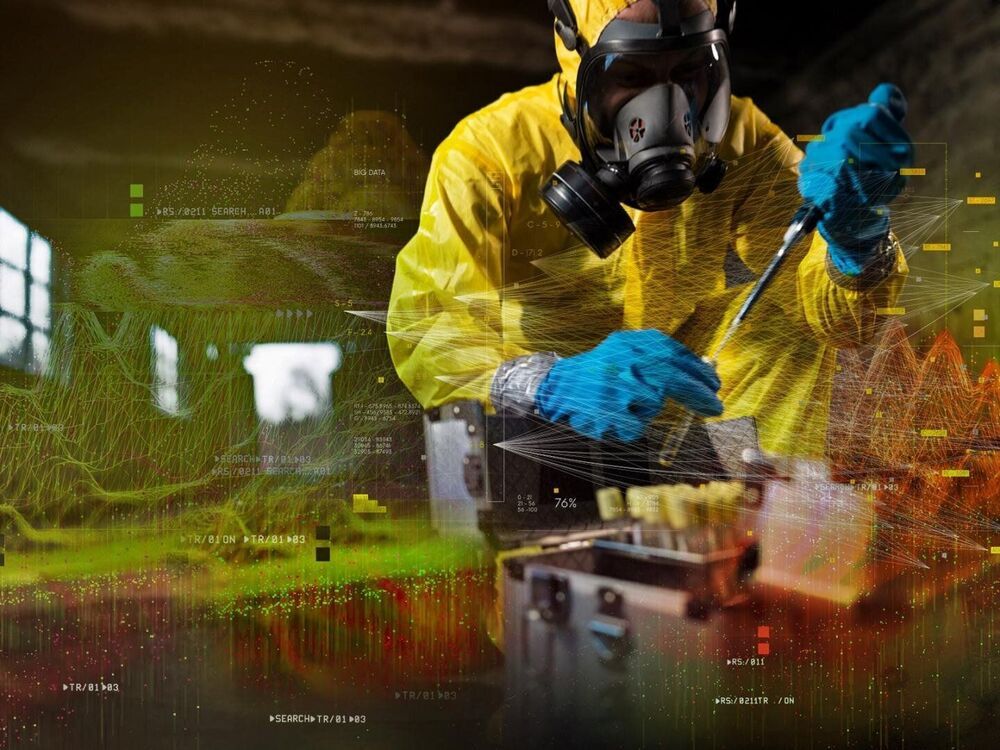
We’ve all met people so smart and informed that we don’t understand what they’re talking about. The investment advisor discussing derivatives, the physician elaborating about B cells and T cells, the auto mechanic talking about today’s computerized engines—we trust their decisions, even though we do not completely grasp the meaning of their words.

A research team from Skoltech and FBK (Italy) has presented a methodology to derive 4D building models using historical maps and machine learning. The implemented method relies on geometric, neighborhood, and categorical attributes in order to predict building heights. The method is useful for understanding urban phenomena and changes that contributed to defining our cities’ actual shape. The results were published in Applied Sciences.
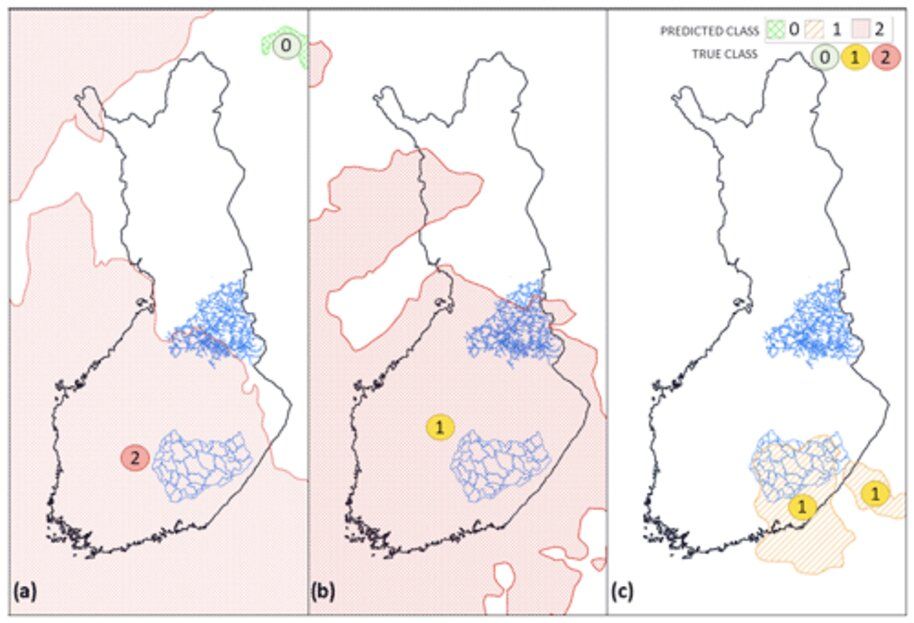
In Finland, stormy weather can happen at any time of year. This is an issue because Finland is heavily forested, and falling trees can knock out power lines and disable transformers, causing power blackouts for hundreds of thousands of people a year. Researchers at Aalto University and the Finnish Meteorological Institute (FMI) are using artificial intelligence and machine learning to try and predict when these weather-inflicted blackouts happen. Their new method can now predict these storms days in advance, allowing electricity companies to prepare their repair crews before the storm has even happened.

Colin G. Johnson, an associate professor at the University of Nottingham, recently developed a deep-learning technique that can learn a so-called “fitness function” from a set of sample solutions to a problem. This technique, presented in a paper published in Wiley’s Expert Systems journal, was initially trained to solve the Rubik’s cube, the popular 3D combination puzzle invented by Hungarian sculptor Ernő Rubik.
